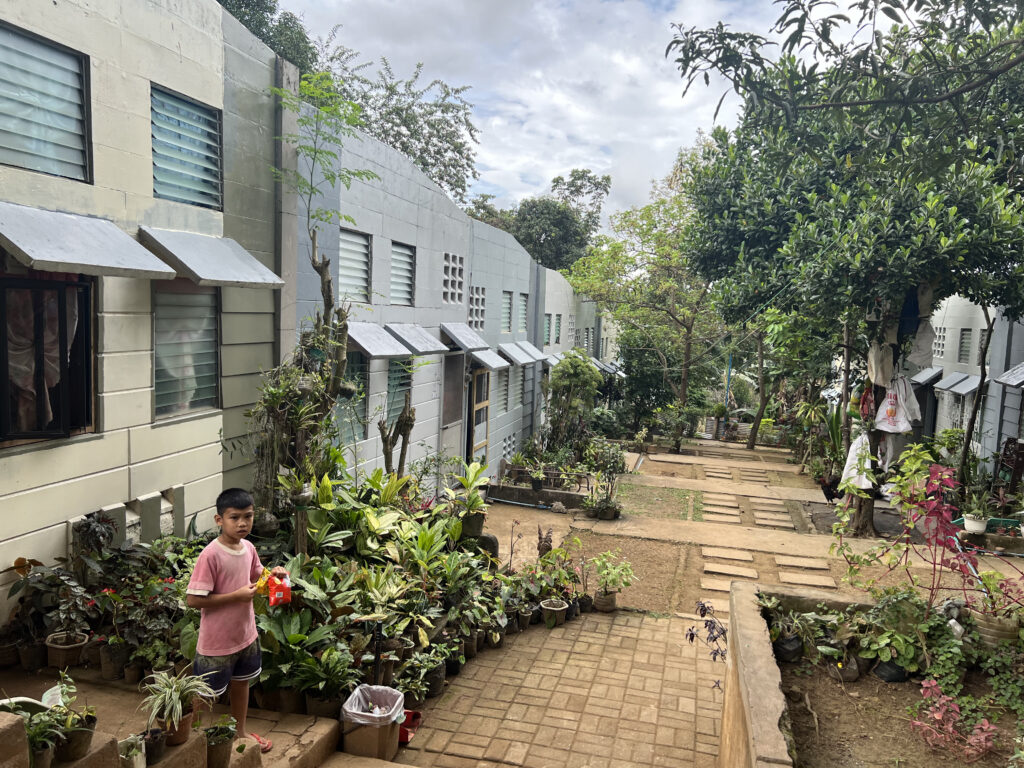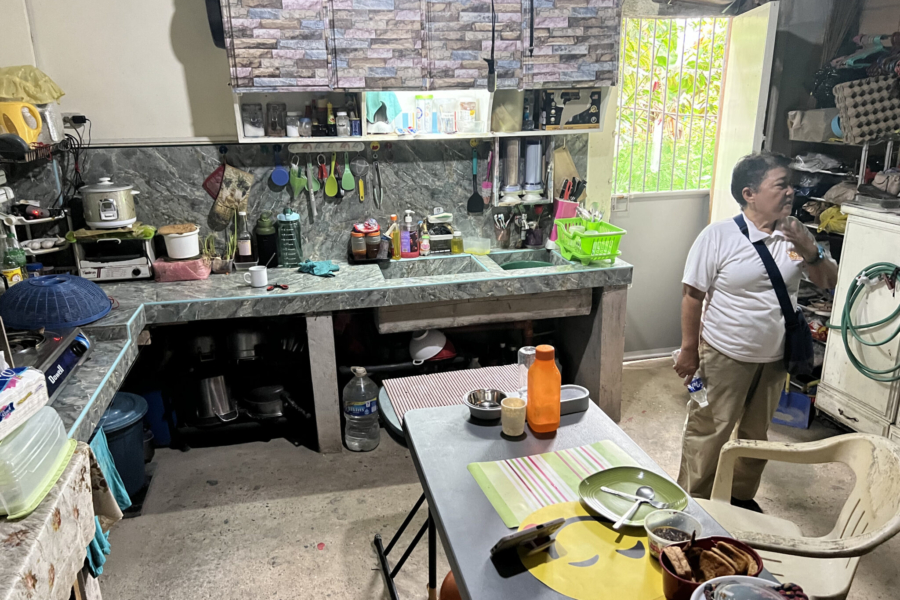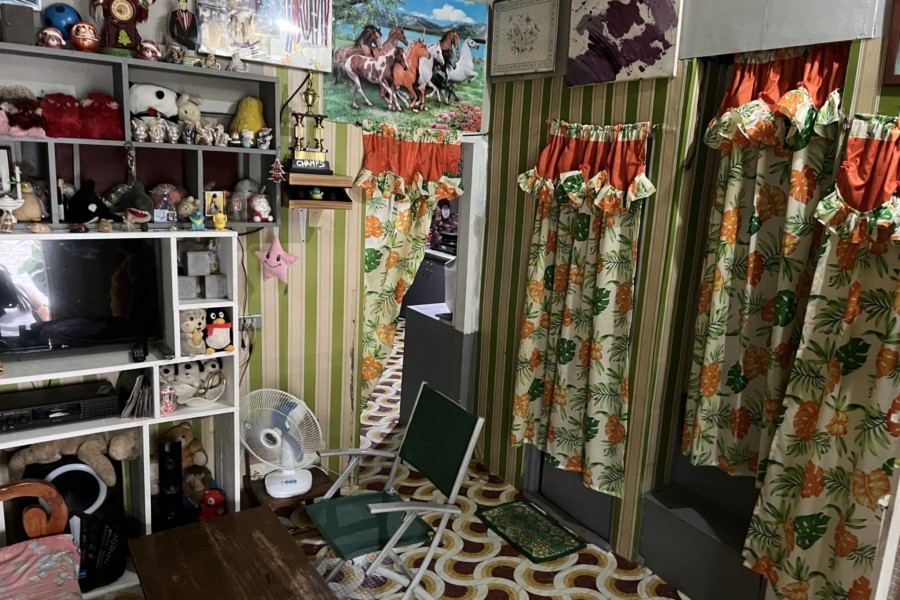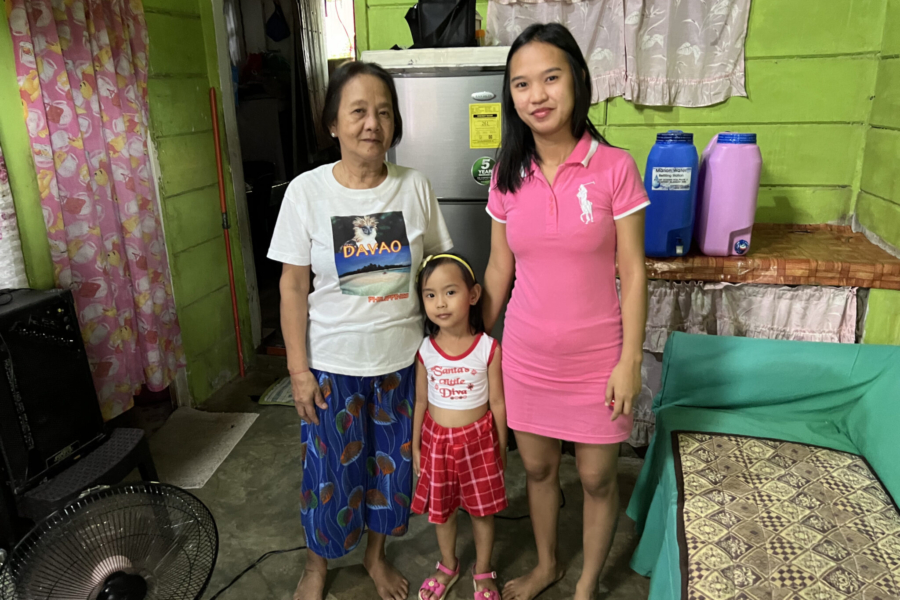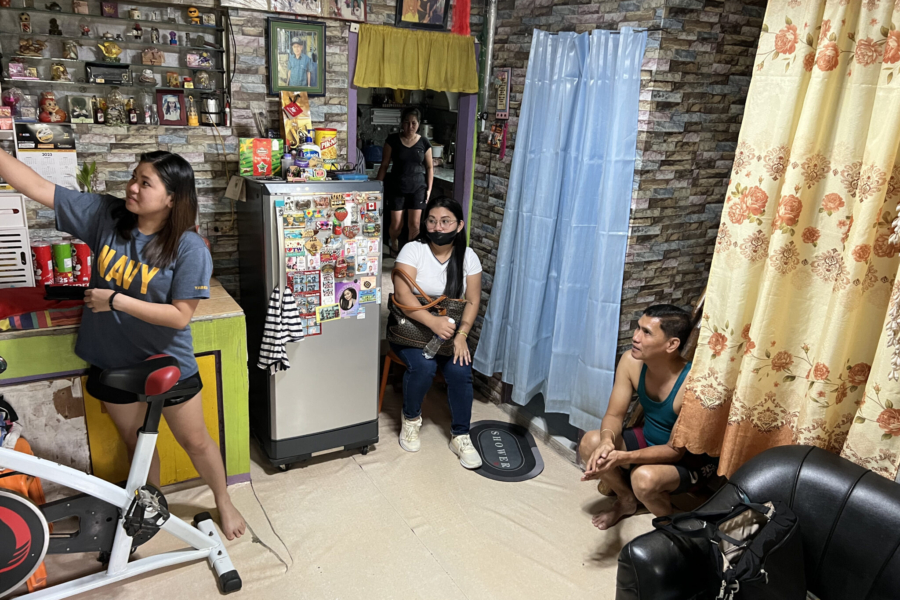Before I left the Children Incorporated office for the Philippines in mid-January, our Director of International Programs, Luis Bourdet, made sure to mention to me that I should visit the housing project in Marikina that was built thanks to Children Incorporated donors while I was in Manila.
I loved seeing all the individual touches that the families had added to their homes over the years — bright colored patterns on window curtains and tablecloths, and family photos hanging on the walls.
In 2009, when our former volunteer coordinator, Polly Joson, had yet to retire from her position running our affiliated site, the Fortune’s Children Center, she proposed to Luis the idea of constructing homes for families of our sponsored children in the area. Luis liked the idea, having himself seen the conditions that the families lived in — small shacks along hillsides with no running water or electricity was standard housing for those living in poverty in the Philippines, as in many places around the world.
Building Houses from Across the World
Although he knew it would be a difficult task to accomplish from the United States, Luis trusted Polly’s ability to secure the land and hire a team of builders who could see the project through to completion. The plan was to build three buildings – two identical buildings with 5 apartments each facing one another, and a third building with 3 apartments just behind those.
From start to finish, it took two years to complete the houses, and in 2011, thirteen families moved into their new homes, where they traded dirt floors and sheet metal roofs for solid concrete walls and ceilings that would protect them from harsh rains or dangerous storms. Luis himself had visited the apartments in both 2015 and 2018, and was excited for me to see them, knowing that the same families who originally moved into the homes still resided there, happy to have a permanent place to raise their children.
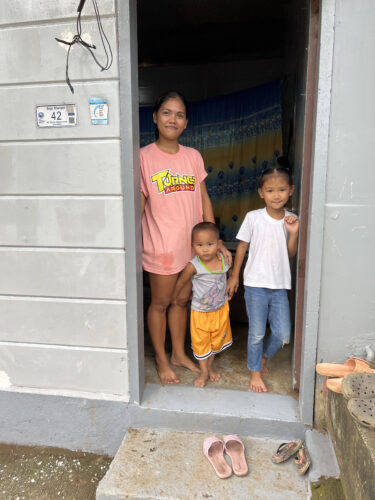
A mother and sponsored children stand in the doorway of their home in Mt. Goshen, built by Children Incorporated donor funds.
After meeting with our sponsored children and their parents at the Fortune’s Center, and getting to hear their stories of gratitude for their sponsors, we all enjoyed a traditional Filipino lunch at the center. Then it was time for our current volunteer coordinator, Joy, and former sponsored child, Genesis, along with some other volunteers from the center, to take me to see the community where the houses had been built.
We all packed into a cargo van, along with the children and families who lived in the apartments, who were happy to accept a ride up into the hills where the neighborhood is located.
The Mt. Goshen Neighborhood
We arrived less than 10 minutes later, the van pulling over to the side of a small road, after we had climbed steadily and slowly continuously since we had left the center. At first, it was hard to tell where the apartments were — I saw small houses and storefronts, but nothing that seemed to be newer construction. Before I even finished my thought, Joy pointed up a dirt path and let me know we would have to walk the rest of the way, as we had driven as close to the neighborhood as the road would take us.
The dirt and mud path careened further up, and the storefronts quickly disappeared behind us as our surroundings turned more jungle-like, with large plants and trees covering the mid-afternoon sky above us. The walk took no longer than a few minutes, but was on tough terrain, and I started to realize just how incredibly difficult it must have been to get material and equipment to the housing site during construction.
Our group stopped short of a small blue tent that read “Mt. Goshen Neighborhood Association.” To my left, a few local residents sat on benches, greeting us warmly, speaking in Tagalog to Joy and their neighbors who had been walking with us. To my right, a set of five or six stairs led down to a courtyard lined with trees and shrubs which served as the yard for the apartments. The children quickly ran to their apartments, opening the doors, as their mothers followed closely behind. Before I knew it, I was walking in and out of each one, seeing how they were similarly designed, but decorated differently based on the separate styles of each family.
With each doorway I stepped through, I could feel the sense of pride that these families had and how much they cherished being able to raise their families in such a wonderful and safe environment.
A personal touch to each home
All of the homes had a small kitchen, living area, and bedroom downstairs, with a steep staircase leading to a small second floor that was used either as a second bedroom or for storage. All the homes had a small backyard as well, where dogs or chickens were wandering around and laundry was hanging out to dry.
I loved seeing all the individual touches that the families had added to their homes over the years — bright colored patterns on window curtains and tablecloths, and family photos hanging on the walls. With each doorway I stepped through, I could feel the sense of pride that these families had and how much they cherished being able to raise their families in such a wonderful and safe environment.
After we finished visiting with each family, we said our goodbyes to the Mt. Goshen community, and as Joy and Genesis and I headed back down the mountain to return to the Fortune’s Center, I thought about how I couldn’t wait to call Luis to tell him how wonderful I found the the homes to be. I knew he would be thrilled to hear that just as he did, I now knew how life-changing this project had been for so many people.
***
How do I sponsor a child in the Philippines?
You can sponsor a child in the Philippines in one of three ways: call our office at 1-800-538-5381 and speak with one of our staff members; email us at sponsorship@children-inc.org; or go online to our sponsorship portal, create an account, and search for a child in the Philippines that is available for sponsorship.

